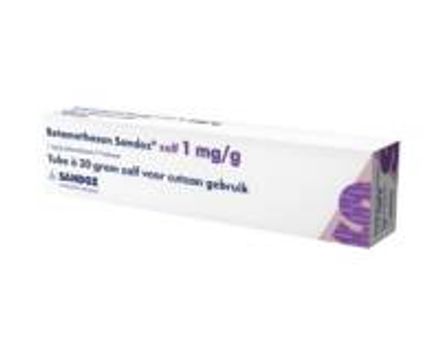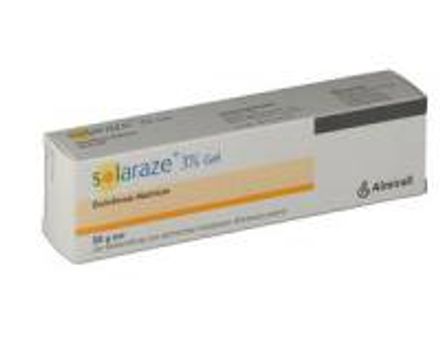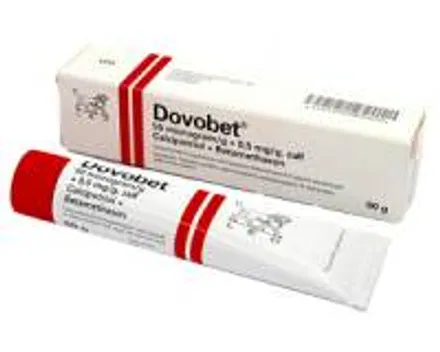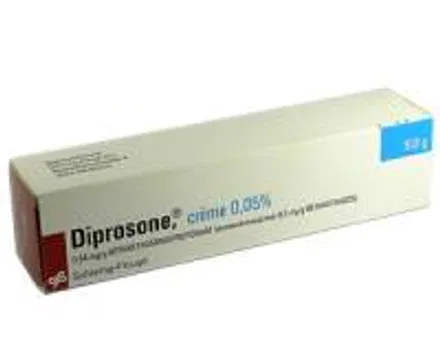Skin conditions such as acne, rosacea and eczema are diseases of the skin, one of the most important and vulnerable organs of the body. Skin conditions manifest themselves in changes to the skin. This can be in the form of skin problems like redness, eczema, spots, pimples, dry spots etc.
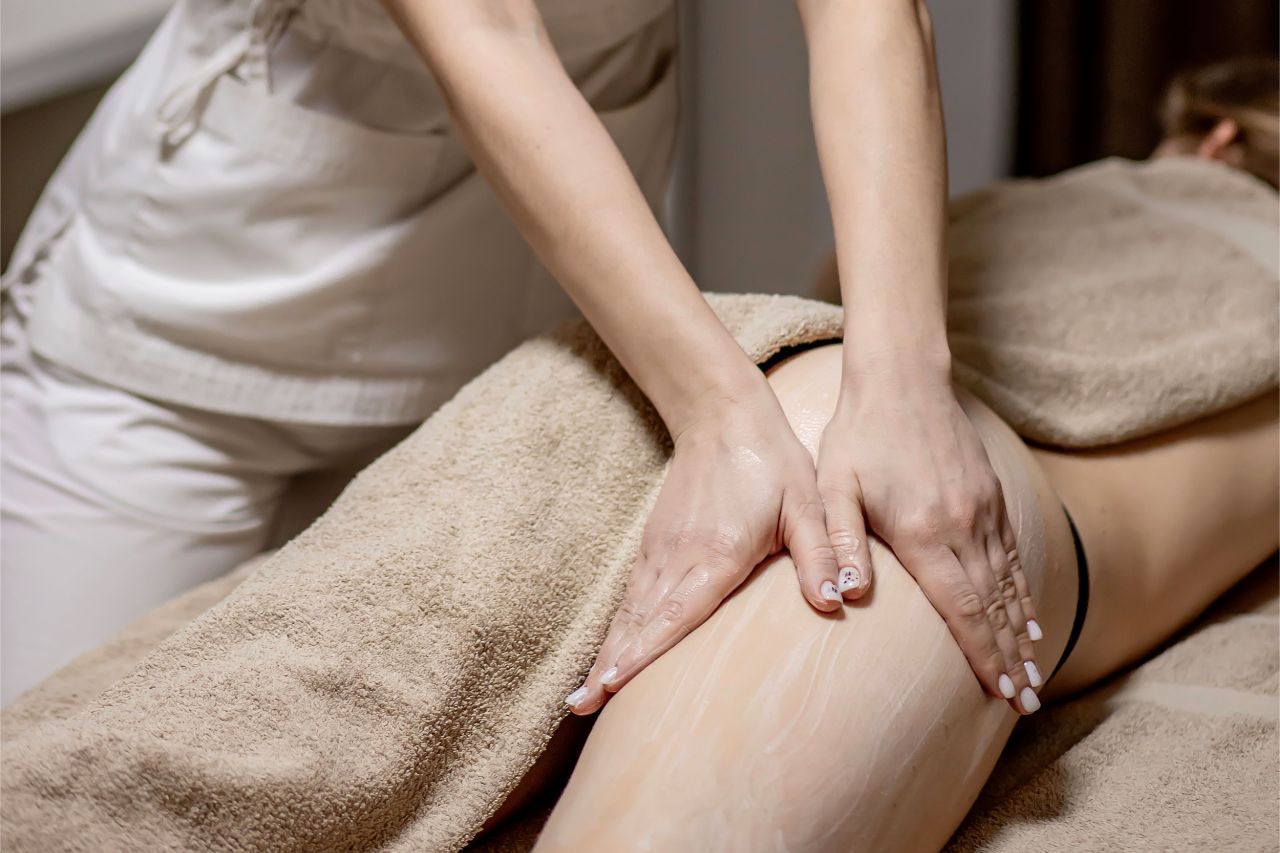
Skin problems
Treatments
- All treatments
- Prescription medicines
- Non-prescription medicines
- Relevance
- Name A-Z
- Name Z-A
- Price low-high
- Price high-low
How does Dokteronline work?
You choose your treatment
We'll guide you every step of the way
Hassle-free home delivery
What are skin conditions?
Skin conditions are skin irritation or diseases of the skin caused by fungi, viral infections and allergies, among other things. There are hereditary variants, which are called genodermatoses. The skin conditions you’ll read more about in this article are acne, rosacea and eczema.
Let’s start with acne, this skin condition is a rash (pimples, among other things) on the skin that is caused by an overproduction of sebum by the sebaceous gland. Acne is also most common in the places where most sebaceous glands are located. Whilst it is commonly considered a facial skin condition, it also affects other areas including the upper part of the back. Sebum production is necessary so that the skin does not dry out. There are three types of acne: blackheads, pustules and infiltrates (inflamed red painful skin). Acne can cause scars that do not disappear by themselves. These can be treated, among other things, using laser therapy.
Rosacea is one of the skin conditions where enlarged blood vessels are visible. It is common among women between the ages of 30 and 50. The bouts, also known as ‘flare-ups’, cause redness and result in pimples and bumps on the face.
Rosacea comes under facial skin conditions. The skin’s barrier function has been compromised in people with rosacea, making the skin more sensitive to external influences.
Eczema is classified as a skin condition, although officially it is not actually a skin condition but rather a symptom of a condition. It is characterised by itching, redness, blisters, bumps or fissures. There are many types of eczema, the most common type is constitutional eczema or atopic eczema. It is a type that occurs in 20% of children.
Atopy is the innate predisposition to react to substances such as pollen and house dust mites. Atopy syndrome consists of hay fever, eczema and asthma. This means skin conditions caused by hypersensitivity of the body to certain substances. This type often manifests itself at a young age.
Other types of eczema are:
- Seborrheic eczema:
Red skin with yellow oily flakes, is more common in men than in women. Contact eczema: redness and itching due to contact with certain substances. - Nummular eczema:
Nummular means coin. The spots are oval or coin-shaped. - Dyshidrotic eczema:
Redness, flakes on the lower legs. Sometimes swelling. It is common in the elderly. Swimmer’s eczema: a fungal infection on the foot. Officially, this is not a type of eczema. - Eczema around the eyes:
Eczema around the eyes can cause the eyes to swell.
In addition, a distinction is made between acute and chronic eczema. Acute eczema develops quickly, manifested by redness, swelling, itching and blisters. After this, flakes appear and the redness decreases. Chronic eczema is eczema where the scaly phase turns into a hardening of the skin and the skin lines become coarser. This is called “lichenification”. Gaps may form in the hard, stiff skin.
What are the causes of skin conditions?
The skin conditions acne, rosacea and eczema are all characterised by redness. Dandruff and itching are typical of eczema and pimples are characteristic of acne. With all skin conditions and diseases of the skin, the skin changes. Furthermore, there are many variants of different skin conditions, some are facial skin conditions, some are dry skin conditions, some are hereditary and some not. The cause of acne is excessive sebum production (seborrhoea). Research has shown that acne and hormones are linked. Hormonal changes, for example in puberty, can be a trigger for pimples. Other triggers include smoking, bacteria, nutrition and sunlight.
In addition, it has been shown that acne manifests itself as an inflammation.
The cause of rosacea can be traced back to reduced epidermal barrier function. Another proven relationship has been established with the Demodex mite. This is because it occurs twenty times more often in rosacea skin than in healthy skin. Triggers for the ‘flare-ups’ as the bouts are called are climatic conditions, certain skincare products that contain aggressive ingredients, smoking and stress.
The cause of eczema varies depending on the type. Atopic eczema is known to have a hereditary component. Contact with house dust mites or pollen and substances that provoke an allergic reaction often cause a flare-up in skin conditions. Other types of eczema can be caused by contact with a particular product, under the influence of stress, weather conditions or dry skin.
What types of skin conditions exist?
We have highlighted three skin conditions that irritate the skin, causing symptoms such as redness, spots, flakes, swelling or pimples. These are acne, rosacea and eczema. In addition to these three more familiar types, there are numerous other skin conditions.
Psoriasis:
A chronic skin condition of which plaque psoriasis is the best known. It is characterised by red spots and skin flakes and can be associated with joint pain. A hereditary factor has been determined for this skin problem.
Hives or urticaria:
Hives are formed as a result of swelling in the dermis. Hives are among the symptoms of urticaria. The swellings are also called angioedema, they are swellings caused by blood vessel leakage.
Scabies:
A contagious skin condition caused by the mange mite. The complaints mainly consist of itching, but blisters can also develop.
Herpes infection:
This is a fairly innocuous disease of the skin that generally heals itself. The symptoms include a painful, burning sensation and blisters.
Couperose:
An innocent non-contagious skin condition. It is the increase in the number of red and blue blood vessels in the epidermis. The vessels are sometimes red and visible on the face.
Shingles:
A skin condition caused by a virus infection. Blisters develop in a group (shingle). The blisters cause pain and itching. The varicella-zoster virus is also the cause of chickenpox. Patients who get shingles had chickenpox when they were little.
All kinds of virus and bacterial infections of the skin. What all these skin conditions have in common is that an abnormality is detected on the skin. This can be a colour defect, for example, red or white spots, but also a different type of defect on the skin, such as flakes or lumps.
Psychological aspects
A second aspect that all these skin conditions have in common is the feeling of shame and frustration that come with it. The complaints are often visible and sometimes raise questions or strange looks in social situations. A quarter to a third of people with chronic skin conditions also need psychological support.
In addition, skin conditions that result in itching as a symptom (often dry skin conditions) can lead to a vicious circle of continuously scratching and itching. Scratching aggravates the symptoms, and also leads to enormous frustration. The psychological symptoms must be taken seriously so that the patient can find a way to deal with them and social isolation and depression are avoided.
How can you recognise skin conditions?
As described above, a skin condition can be recognised by a defect on the skin. This can include redness, flakes, bumps, spots, fissures, dots, colour change and more. The symptoms of skin conditions are sometimes accompanied by itching, pain or a burning sensation. If you suspect you have a skin condition or disease of the skin, consult an expert so that you can start treatment in a targeted manner as soon as possible. Skin problems often worsen if left untreated. There are also a large number of skin conditions, such as old age warts, which generally do not require treatment.
Can I do something myself about skin conditions?
What can you do yourself about possible skin conditions? If you have found any abnormalities on your skin, it is important to consult a doctor. They can give you a prescription for medication, or refer you to a specialist. Eczema can be exacerbated by dry skin. It is therefore important that you take good care of your skin and moisturise it regularly. Once you have the symptoms of a skin condition, you must seek the right treatment. Also, avoid scratching your skin problems in the event of itching. In other forms of acne and rosacea, it is important to keep track of the symptoms. This can help give an indication of the cause and thus help in targeted treatment.
What are the forms of treatment?
The treatments for skin conditions are as diverse as the conditions themselves. Some disappear by themselves, others need targeted treatment. In the case of acne, the treatment may consist of an ointment or cream. Antibiotics are also sometimes prescribed in case of serious skin conditions. And the scars that may be left behind by acne can be treated using laser treatment. Rosacea can be treated with ointments and cream, but also with oral medication. There are also laser skin condition treatments available. You should care for your skin with skin-friendly products and maintain a healthy lifestyle.
Constitutional eczema is incurable, and therefore it is primarily a matter of addressing symptoms. The symptoms of itching, redness, and bumps can be combated by using ointments and creams, including hormone ointments. In addition, there are bandages, light therapies and immune-suppressing drugs.
Medications prescribed for acne are:
- Benzoyl peroxide reduces the number of skin bacteria;
- Antibiotics: doxycycline, tetracycline or erythromycin.
Medications prescribed for rosacea:
- Metronidazole cream/gel, azelaic acid cream or ivermectin cream;
- Antibiotics: doxycycline.
Medications for eczema:
- For moderate eczema: 1- or class 2-corticosteroids;
- For severe eczema: class 3-corticosteroids;
- Pulse therapy or light therapy.
Alternative treatments
Extensive research is currently being carried out into therapies to combat rosacea and acne and into the relationship between rosacea and acne. It is a new therapy with endolysins in which these special enzymes kill the bacteria. The therapy is still under development.
There are also homoeopathic remedies available to combat diseases of the skin.
Lifestyle changes
Eczema can be fuelled by stress, sweat, climate change or certain clothing. In dry skin conditions, it is important to use neutral moisturising creams, such as Vaseline. Showering or bathing too much or using too much soap can also dry out the skin. It is clear that stress can be a major trigger for skin conditions such as eczema and rosacea. Move sufficiently, ensure sufficient relaxation, have a good work/life balance, and take good care of yourself. Seek the help of a psychologist if necessary.
References
Huidaandoeningen. (n.a.). Retrieved from: https://www.heltiq.nl/huidaandoening/wat-is-een-huidaandoening Huidinfo.nl. (n.a.). Acne. Retrieved from: https://www.huidinfo.nl/a/acne/
Huidfonds. (n.a.). Rosacea. Retrieved from: https://huidfonds.nl/je-huid/huidaandoeningen/rosacea/ Eczeem. (n.a.). Retrieved from: https://www.thuisarts.nl/eczeem
Meernik, I. (May 10, 2016). Wat is eczeem? Retrieved from: https://www.gezondheidsnet.nl/eczeem/wat-is-eczeem Huidhuis. (n.a.). Atopie. Retrieved from: https://www.huidhuis.nl/groep/atopie
Eucerin. (n.a.). Hoe ontstaan onzuiverheden? Retrieved from: https://www.eucerin.nl/acne/article-overview/hoe-ontstaan- onzuiverheden-120
Njoo, M.D. (n.a.). Wat is eczeem? Retrieved from: https://www.huidarts.com/huidaandoeningen/eczeem/ Eczeem. (n.a.). Retrieved from: https://www.dokterdokter.nl/dossiers/eczeem/item71464
Centrum voor consultatie en expertise. (n.a.). Huidaandoeningen. Retrieved from: https://www.cce.nl/somatiek/model-voor- analyse-van-probleemgedrag/analyse-van-factoren-die-verband-kunnen-houden-met-probleemgedrag/medische- factoren/somatische-aandoening/ziekten-van-de-huid/huidaandoeningen
Huidziekte herkennen. (n.a.). Retrieved from: https://mens-en-gezondheid.infonu.nl/ziekten/107001-huidziekte- herkennen.html
Wat te doen tegen acne? (n.a.). Retrieved from: https://www.dokterdokter.nl/gezond-leven/uiterlijk/wat-te-doen-tegen- acne/item63893
La Roche-Posay. (n.a.). Rosacea. Retrieved from: https://www.laroche-posay.nl/rode-huid- gezicht/rosacea/a32045.aspx#behandeling
Klassieke Homeopathie. (n.a.). Acne en klassieke homeopatie. Retrieved from: https://robwillemse.nl/homeopathie/artikelen/artikel11_acne.html
Rijksinstituut voor Volksgezondheid en Milieu. (n.a.). Scabies. Retrieved from: https://www.rivm.nl/scabies
Psychologische behandeling van huidaandoeningen. (n.a.). Retrieved from: https://www.directievetherapie.nl/artikelen/jaargang33/psychologische-behandeling-van-huidaandoeningen-33-4-6/
